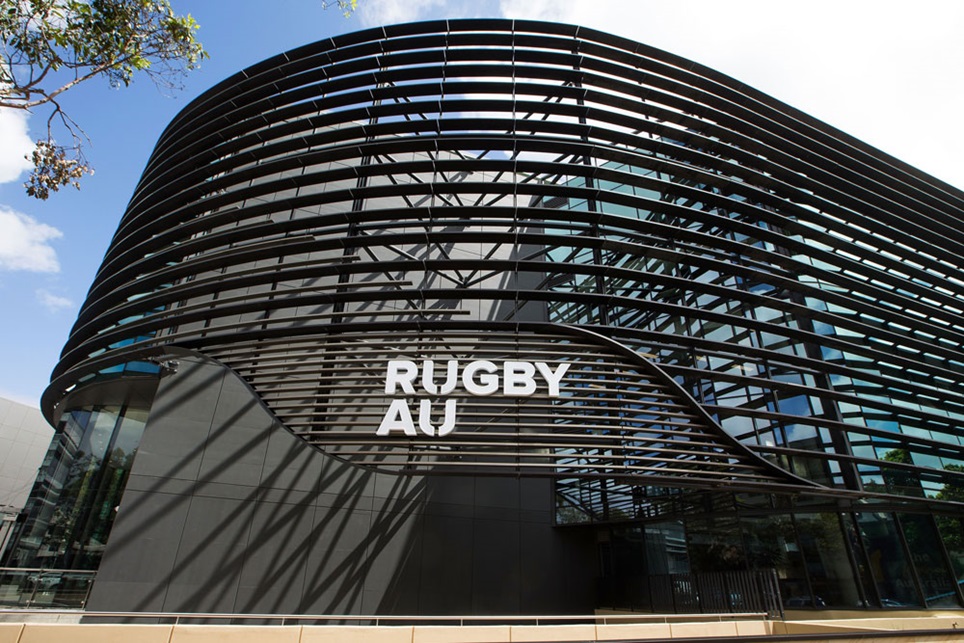Rugby Australia (formerly known as Australian Rugby Union until 2017), is the governing body of rugby union in Australia. It also manages Australia’s national rugby union teams, including the Wallabies, Wallaroos, and the Men’s and Women’s Sevens. By implementing Cisco Meraki for the new Headquarters WIFI, the National Sporting team realised ease of management, availability, and reliability.
An interview with Sunil Kalidindi, Infrastructure Systems Manager at Rugby Australia
How did you end up at Rugby Australia?
Kalidindi: “I have been in Rugby Union for 10 years. The Infrastructure Manager offered me a role as an infrastructure team leader, which I did for about 4 years. When the business re-organized, I started my current position as Infrastructure Systems Manager.”
What challenges in your business influenced you to look for a solution?
Kalidindi: “In 2017 – before we moved into our current building – at our old office we had a staff of 70-80 people, one floor, and old WIFI standards. Bandwidth was a massive issue and interference with other WIFI devices caused drop outs. It was clear this solution was not working. Plus, we had the Sevens staff operating from another location at Narrabeen. They had the same system as we did and the same issues with reliability and speed of WIFI.
When we knew about the plans to move to a brand new building, which was going to be a bigger workspace, where we wanted to centralize all Rugby operations. In the new building we have a playing field, a gym.. everything is located here. It was very important for us to have a robust WIFI solution that covers it all. On average we have about 160 staff. And then there are the players training from the facility. So, on a busy day you are looking at 250 people that are all connected at the same time.”
What were the key considerations in your search for a solution?
Kalidindi: “We were looking for a solution that would tick mainly five boxes; bandwidth, reliability, ease of management, ideally it would be a cloud based management solution and within budget. As part of our procurement process, we looked at several options based on our requirements. We looked into three different solutions: Aruba, Meraki and Cisco’s own WIFI solution. Aruba was great, but above budget. One thing that lead to Meraki is simplicity of management. That was a major selling point. Plus, Cisco Meraki ticked all the other boxes.”
Did you encounter any challenges implementing the solution?
Kalidindi: “Yes, we did. But that had to do with the fact that the builders kept changing the timelines. We had to take a few steps while implementing the solution and to get everything up and running. First, obviously we had to install physical access points. For this, BEarena joined forces with Networx. Stepping up as the delivery partner, Networx implemented the solution. They came in to do this and they did a fantastic job.
He adds: “They adapted easily to the changing timelines and our schedule, even if that meant to be working nights or weekends. Secondly, the Meraki switches needed to be installed. The last and third bit was configuration and fine tuning to make sure that everything was working before we moved in. From end to end, dealing with BEarena was a great experience.”
What are your thoughts on the skills from BEarena and the timelines we operated in?
Kalidindi: “It was a great process. Obviously we put our requirements forward to BEarena’s Account Executive. He came back with a few options, keeping in mind that price was of great importance. Also, the timelines were very clear. We had the hardware delivered in July and by the time we got the access points physically installed we came around August. Our actual move changed by a week. After the office move, at the end of September we did the data center move and re-configured the WIFI. I am happy to say there was no disruption for anyone in terms of user experience.”



